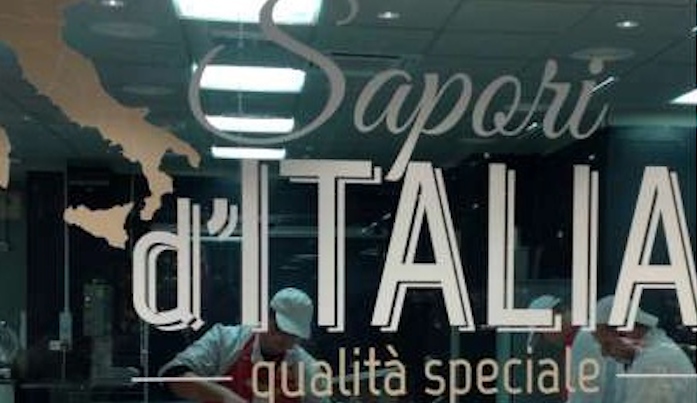

During the conference presenting the Sustainability Report of modern distribution organised by Federdistribuzione, the general secretary of the Italian National Consumer Union, Massimiliano Dona, highlighted the possible risk of the report being self-referential, albeit acknowledging the merits of the effort to measure an entire industry.
Dona, who cited the results of a study of the Consumer Union on users’ desires, went on to encourage modern distribution to do more in the eyes of the consumer. He cited the ten things that supermarket customers would like to see improved.
1) INTERACTION. Envisage more effective interaction tools with customers: not only with the traditional feedback point at the supermarket (or the call center), but also Apps and other digital channels, such as social networks;
2) INFORMATION. More information on the origin of products, also beyond the legal requirements, starting with the introduction of information on the production plant on the label;
3) CHECK-OUT COUNTER DISPLAYS. Prohibition of placing products for children at checkouts, so as not to encourage impulse purchases by the younger one’s;
4) ITINERARIES. Arrangement of products inside the store according to consumer needs (and not according to the supermarket’s visual merchandising techniques): therefore, first mineral water, to avoid crushing other products, then canned products, followed by fresh produce such as cheese, fruit and vegetables, and finally frozen foods near the checkouts, so as not to break the cold chain;
5) PLACEMENT. Commitment not to change the placement of products only to confuse consumers and force them to wander around the aisles;
6) PRICES. Indication of the cheapest product to facilitate the shopping of those looking for the lowest prices;
7) ENVIRONMENT. Commitment to environmental sustainability: from the use of recyclable materials to containers for the collection of used batteries, from the prohibition of using PVC film for cold cuts and cheese to the installation of thermometers visible to the public in freezers, as well as proper collection of WEEE;
8) TRAINING. Serious investment in store staff training, also introducing new types of customer assistants that can direct consumers to find products on the shelves and provide the information necessary for value-for-money purchases;
9) RECEPTION. Better customer reception: from the availability of signage on warranty and after-sales rights to the presence of “green” labels and products for special consumer needs, from the reduction of checkout queues (offering reserved or automated tracks), to the availability of WiFi areas or those for charging smartphones or tablets, as well as places equipped for minors or the elderly;
10) CERTIFICATION. Certification by consumer associations of the quality of information, feedback services and product safety (for example, through inspections or mystery shopping in order to achieve the issue of a trustmark).




